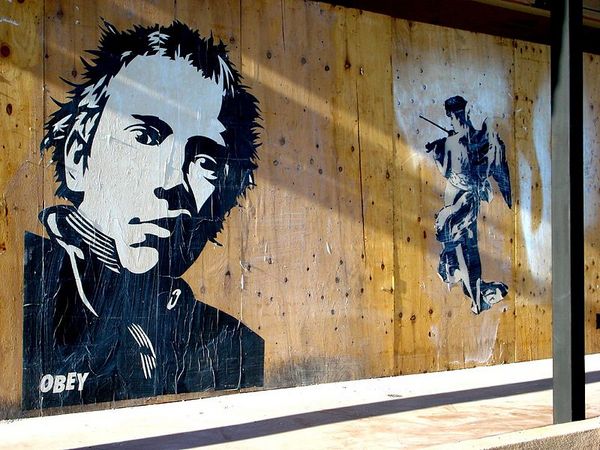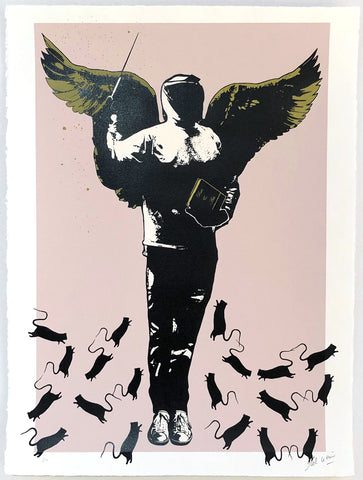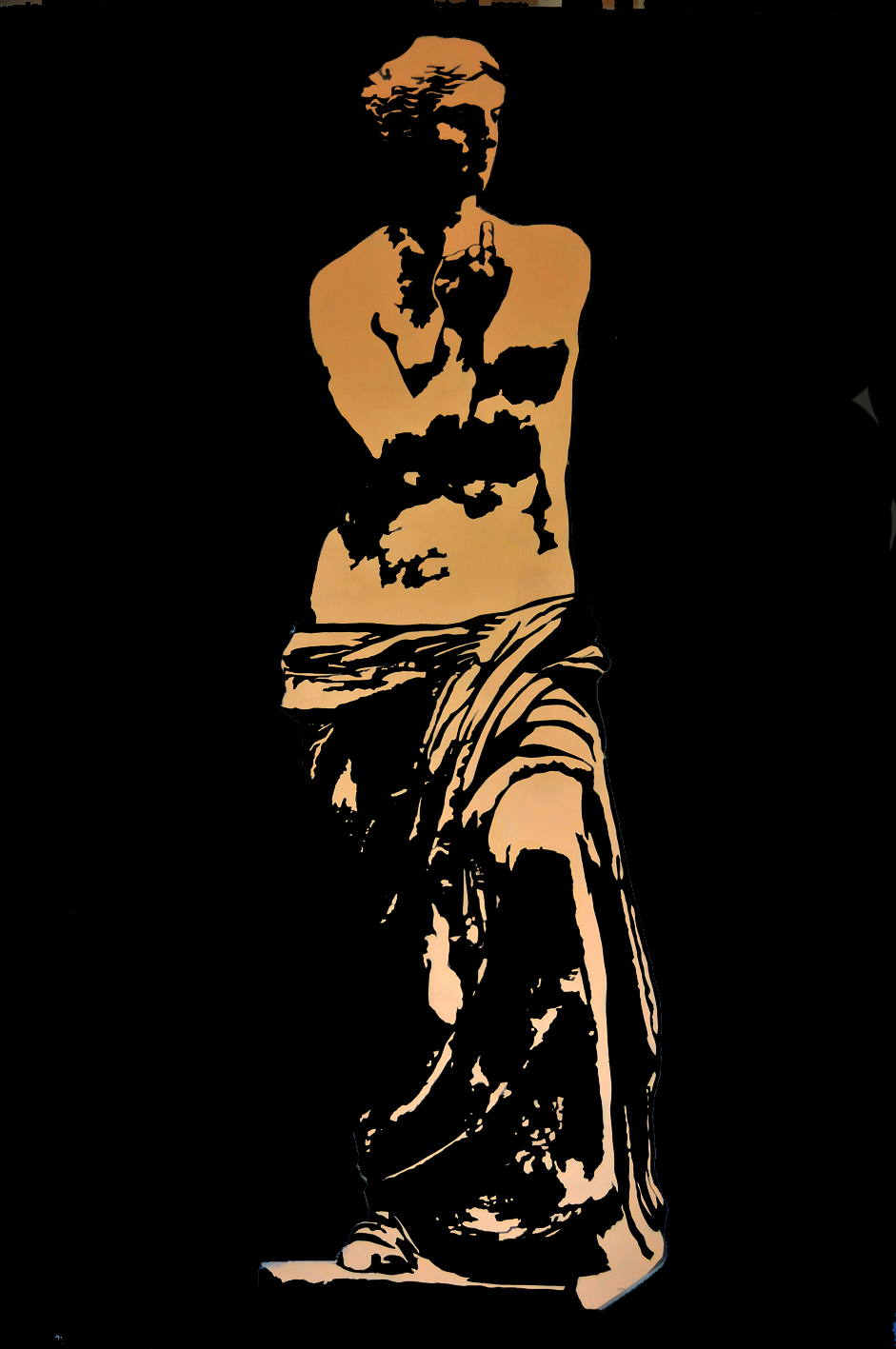

Her portrait appeared everywhere, from her work place at Libération, next to cafés and offices of major newspapers.

Following the kidnapping of French journalist Florence Aubenas in Iraq, Blek pasted hundreds of prints of her image around Paris. In the mid 2000s, Blek’s work evolved to become more overtly political. “I want the characters of the paintings to walk out of the museums to give them back to the people of the city” he says. Alongside his rats, these have become his trademark style and have influenced generations of street artists around the world.ĭedicated to the idea of bringing art to the people, Blek often quotes the old masters like Caravaggio, Michelangelo, Guido Reni and Leonardo da Vinci. In 1983 Blek began to paint life-size stencils.

The rat, also an anagram for ‘art’, is in Blek’s mind “the only animal to survive the apocalypse“. He chose a different technique – the stencil – as more appropriate for the French architecture.īlek Le Rat’s first stencils were black rats, seen to be running along the walls throughout the centre of Paris. After his impressions from his visit to New York, Blek Le Rat started painting the streets of Paris in 1981.

After a trip to the USA in 1971, Blek first witnessed the ‘wild style’ graffiti prevalent in New York City. He is the founder of the international stencil art movement. His pal Shepard Fairey, who designed President Obama's 'Hope' poster, has said of Prou: "Blek le Rat's stencils distill the essence of the human struggle into poetically concise images.Born in 1951, Xavier Prou (better known as Blek Le Rat), is one of the first graffiti artists in Paris. Several lithographs present violinists and ballet dancers, while he has also made a limited number of lithographs depicting President Obama. His latest exhibit riffs on a recurring theme of tango dancers, which he first painted in 1986. "It’s very important to be in the street, but also very important for artists to show different work in the gallery." "Its absolutely incredible having a really good piece in the street - the day after it is complete thousands and thousands of people have seen it," Prou explained. The illegal nature of Prou's work and the growing legitimization of street art has led him to exhibit in galleries with greater frequency. (Prou started stenciling rats around Paris in 1981, when Banksy, whose identity is rumored but not confirmed, was reportedly just in grade school.) "Every time I think I've painted something slightly original, I find out that Blek le Rat has done it as well, only 20 years earlier," Banksy is widely quoted as saying.


 0 kommentar(er)
0 kommentar(er)
